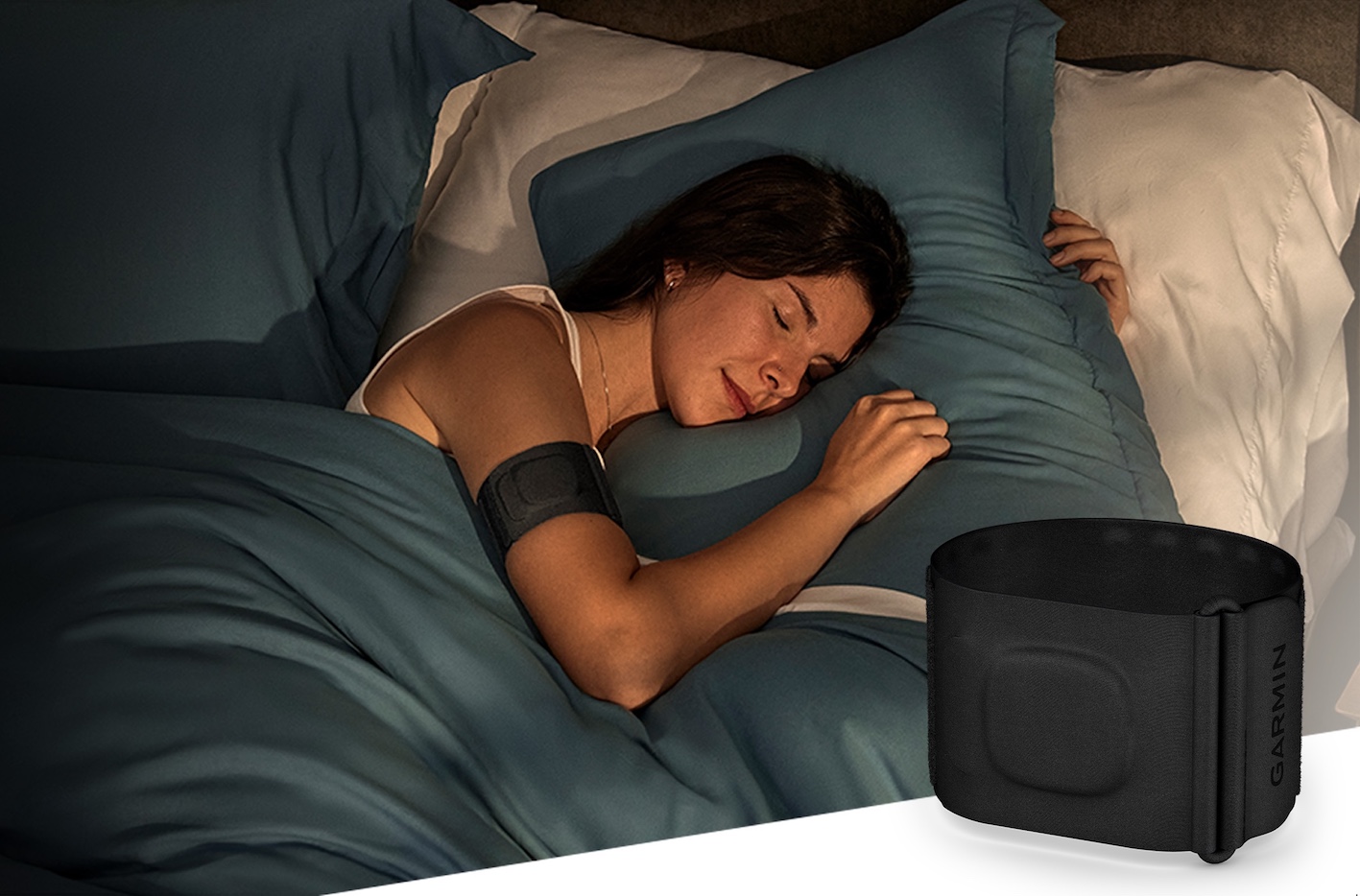TECHNOLOGY
Back-to-the-office plan: A cybersecurity checklist from Kaspersky

April 11, 2023, 2:14 p.m.
March 2020 may be remembered as the day the world went on lockdown because of the pandemic.
In Southeast Asia, the rushed transition to work from home and then partially back to the office a year later turned to what people now embrace as the new norm. The hybrid work setup isn’t entirely new, but employees now want to stick to it. At the same time, companies have come to accept it after it proved to have worked fairly well for two years.
Unfortunately, cybercriminals thought it worked to their advantage, too. With tons of valuable data employees bring with them on their devices, it could have felt like the best time for these cyber thugs who found themselves effortlessly stealing from their easy prey.
In 2020, there was an increase globally in the number of people using remote access tools such as remote desktop protocol or RDP, one of the most popular application-level protocols for accessing Windows workstations or servers. It also allows access to other device resources and RDP clients are available for all the most used modern OS such as iOS, OS X, Linux, Unix, and even Android.
Originally designed as a remote administration tool, cybercriminals use RDP to penetrate the target computer by exploiting incorrectly configured settings or vulnerabilities such as weak passwords. Hacking an RDP connection is lucrative for cybercriminals.
In the same year, there were about 147,565,037 remote desktop protocol (RDP) attack attempts against users of Kaspersky in Southeast Asia. When the workforce slowly started going hybrid in 2021, the RDP attack attempts went up a bit to 149,003,835. It was in 2022 when the pandemic restrictions were lifted and by that time, the RDP attempts spiraled down to 75,855,129 or a plunge of -49% from the previous year.
“Among our post-pandemic learnings is that flexibility, agility and openness are important to our sustainability and productivity in business. We are still evolving. Part of this evolution is the resounding desire of the workforce in Southeast Asia to stay within the hybrid setup, which boils down to our need for connection and empowerment as humans and we need to acknowledge that,” said Yeo Siang Tiong, general manager for Southeast Asia at Kaspersky.
“Part of listening to what the workforce is asking of us is providing options and support within the cybersecurity framework for their safe return to office work in any form. For companies, you will still have to use technology to drive productivity and it will remain this way as things get more and more sophisticated in the business space,” Yeo added.
For the employed, switching to working from home has been difficult enough. After getting used to this setup for two years, returning to the office may just be as tricky. Companies are in the same predicament — rolling back some changes would mean jumping through hoops again like how they did when they deployed these in 2020.
To help stressed IT security managers prioritize, we put together some cybersecurity action items for businesses:
- Keep work-from-home cybersecurity workarounds
Whether your workforce is returning from home to office or requires work-related travel, using virtual private network (VPN) and an advanced endpoint and detection response (EDR) solution will ensure their safe return to on-site work. Kaspersky Extended Detection and Response or XDR is a multi-layered security technology that protects IT infrastructure. Whereas EDR focuses on endpoints, XDR focuses more broadly on multiple security control points to detect threats more quickly, using deep analytics and automation. XDR creates security efficiencies by improving detection and response capabilities through unifying visibility and control across endpoints, network, and cloud. It facilitates advanced investigation and threat hunting capabilities across multiple domains from a single console.
- Restore any security controls you disabled for remote workers
To allow remote employees to connect to the corporate network, especially from personal devices, some organizations weakened or disabled cybersecurity controls such as Network Admission Control (NAC). NAC checks computers for compliance with corporate security requirements, such as up-to-date malware protection before granting access to the corporate network. Upon employees’ return to the office, NAC should be turned on to protect the internal systems in case the machines pose any risks. Organizations need to anticipate such issues and have a plan that includes resources, deadlines, bug fixes, and maybe even help from IT integrators.
- Update internal systems
Don’t forget to check internal critical services. The IT security team needs to know if there are any unpatched servers in the building before letting anyone in. With everyone returning to the office and connecting their laptops to the corporate network at once, just one unpatched domain controller can provide broad access to, for example, employee account data and passwords.
- Get ready to save — and also to pay
Bringing employees back to the office may save employers some money. Companies can reduce the number of subscription-based cloud solutions or licenses, such as for video conferencing or electronic signature to bring some services back as local resources. Consider spending those freed-up budgets on organizing digital workstations so that employees can split their weeks between office and elsewhere. Remote work technologies like virtual desktops are much easier to deploy, manage, fix, and protect than remote computers.
- Save the tools and settings that employees used remotely
Thanks to their pandemic experience, employees have mastered new communication and collaboration tools for chats, videoconferencing, planning, CRM, and others. If those tools worked well, employees will want to continue using them. In fact, 74% of Kaspersky’s survey respondents said they want more flexible and comfortable work conditions. Companies should be prepared either to approve new services or to suggest and defend alternatives. Dedicated solutions can help organizations manage access to cloud services and enforce associated security policies. IT security should be a business enabler, not a barrier.
For SMBs and midrange enterprises, Kaspersky in Southeast Asia also has launched a Buy 1 Free 1 promo. Businesses can now enjoy two years of enterprise-grade endpoint protection for the price of 1 with Kaspersky Endpoint Security for Business or Cloud or Kaspersky Endpoint Detection and Response Optimum, with 24×7 phone support. Interested customers can reach out to sea.sales@kaspersky.com.
TECHNOLOGY
DigiPlus earns first ASEAN Golden Arrow Award for corporate governance excellence

10:10 p.m. October 24, 2025
DigiPlus Interactive Corp. (DigiPlus), the country’s digital entertainment provider behind BingoPlus, ArenaPlus, and GameZone, achieved a major milestone in corporate governance excellence by earning its first-ever Golden Arrow Award.
The recognition was conferred on Oct. 23, 2025, during the awarding ceremony organized by the institute of Corporate Directors (ICD), the Philippines’ Domestic Ranking Body (DRB) for the ASEAN Corporate Governance Scorecard (ACGS).
DigiPlus received a 2-Golden Arrow Award, one of the five levels of distinction granted to publicly listed companies that demonstrate outstanding corporate governance performance.
The Golden Arrow Recognition is among the Philippines’ most prestigious corporate honors, recognizing companies that lead in transparency, accountability, and integrity.
Anchored on the ACGS framework, it evaluates how effectively organizations uphold shareholder rights, engage stakeholders, promote sustainability, ensure transparency, and maintain strong board oversight in alignment with both local and international governance standards.
“Earning our first Golden Arrow affirms DigiPlus’ commitment to upholding the highest standards of corporate governance,” said DigiPlus Chairman Eusebio H. Tanco. “We are proud to be recognized among the country’s most trusted, publicly-listed companies and remain focused on creating a long-term value for our shareholders, stakeholders, and the customers and the communities we serve by leading with transparency, accountability, and integrity.”
TECHNOLOGY
Rest easy with the Index Sleep Monitor smart sleep band from Garmin

11:09 a.m. August 29, 2025
GARMIN has announced the Index™ Sleep Monitor, an ultra-comfortable and lightweight smart sleep band that tracks sleep for a more comprehensive view of overall fitness and recovery.
Featuring up to 7 nights of battery life with continuous Pulse Ox tracking, the Index Sleep Monitor is worn on the upper arm and tracks sleep stages, heart rate variability (HRV) status, breathing variations, skin temperature and more to calculate a sleep score for users and provide valuable insights about their health.
After a night of sleep, the data seamlessly syncs to the Garmin Connect™ smartphone app and can be combined with metrics from a compatible Garmin smartwatch to fill in gaps in data for users who don’t wear their watch at night or are looking to better understand how well they recovered.
“We are thrilled to add the Index Sleep Monitor to our suite of innovative health and wellness products. Wearing this smart sleep band every night can provide in-depth sleep insights and a more complete picture of fitness and recovery so users can wake up ready to seize the day.” — Susan Lyman, Garmin Vice President of Consumer Sales and Marketing
Rest and recover
Throughout the night, the Index Sleep Monitor tracks the following sleep and recovery metrics, which can then be viewed on the Garmin Connect app:
● Sleep score: Every morning, receive a personalized score (0-100) for last night’s sleep based on sleep duration, stress, sleep stages and more.
● Sleep stages: View light, deep and REM sleep stages and when they occur during the night.
● HRV status: See the previous night’s average HRV and status (balanced, unbalanced, low or poor). After several nights of wear, the smart sleep band will establish a personal baseline to help provide a better understanding of recovery and overall wellness.
● Pulse Ox: Track blood oxygen saturation during sleep1.
● Breathing variations: Used in conjunction with Pulse Ox, view and better understand shifts in breathing patterns while sleeping.1
● Respiration: View respiration rates throughout the night.
● Skin temperature: Track skin temperature changes, which can be related to recent activity, sleep environment, potential illness and more.
● Women’s health tracking: Using skin temperature, women can get more insights into their menstrual cycle, including improved period predictions and past ovulation estimates2. Women can also track their menstrual cycle or pregnancy and get exercise and nutrition education in the Garmin Connect app.
● Body BatteryTM energy monitoring: View energy levels to see if the body is charged or needs more rest. Users who wear a compatible smartwatch while awake can get a more complete picture of their energy levels—day and night.
● Stress tracking: See if last night’s sleep was calm, balanced or stressful.
When it’s time to wake up, the smart wake alarm feature looks at lighter sleep stages during a pre-selected window of time to gently wake users with a light vibration so they feel more refreshed.
Available in two sizes (S-M and L-XL), the Index Sleep Monitor is easy to clean; just remove the module and toss the band into the washing machine on the gentle cycle.
It is for P10,290.00 and available via official Garmin Stores online in Kinetic, Shopee, and Lazada and in all Garmin Brand Stores and Garmin Specialty Stores.
For more information, visit https://ph.garmin.com/.
TECHNOLOGY
Time to make your moment: OPPO Reno14 Series 5G now available for pre-order

9:11 p.m. August 10, 2025
OPPO’s latest smartphone series is now available for pre-order in the Philippines—and it’s built for those who want to turn everyday moments into stories worth sharing.
The OPPO Reno14 Series 5G brings together AI-powered photography, vivid 4K video, sleek design, and powerful performance, all in one beautifully crafted device. Whether you’re creating content, diving into your favorite game, or simply making your moment, the OPPO Reno14 Series 5G makes it effortless to discover and explore—without compromise.
Your Studio, In Your Pocket
Capture yourself at your best with AI Portrait capabilities that naturally refine lighting, angles, and facial details—no filters or editing apps needed. Want to adjust after the shot? Features like AI Recompose and AI Perfect Shot help you fix framing, expressions, and more—all within the native camera.
Even in low light, the Ultra-Clear Low-Light Camera System and AI Flash Photography keep your shots vivid and full of life—perfect for nights out, concerts, and candle-lit dinners.
Powered by next-gen chipsets, MediaTek Dimensity 8450 for OPPO Reno14 Pro 5G, Dimensity 8350 for OPPO Reno14 5G, and Snapdragon 6 Gen 1 for OPPO Reno14 F 5G, you can count on a fluid experience whether you’re gaming, streaming, or multitasking.
Smart features like AI HyperBoost 2.0 and AI LinkBoost 3.0 optimize gameplay, prevent lag, and keep your connection smooth wherever you are.
Designed to be seen
The Iridescent Mermaid Design of the OPPO Reno14 Series 5G is more than a color, it’s a statement. Inspired by the shimmer of light underwater, the finish is paired with Velvet Glass and aerospace-grade aluminum for a look and feel that’s luxurious, durable, and uniquely OPPO.

















